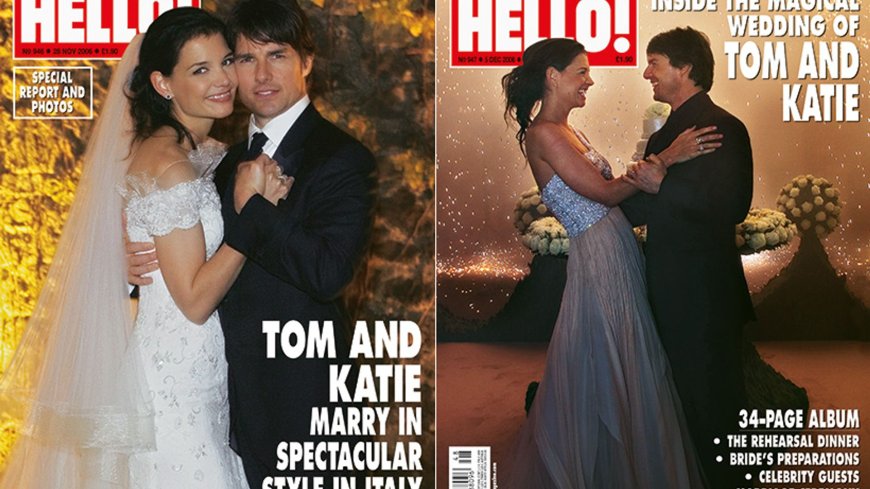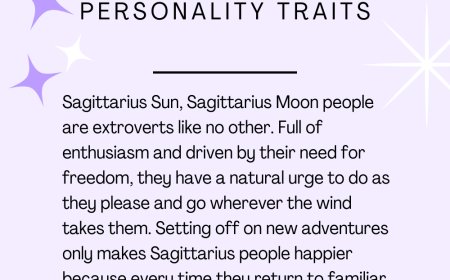Celebrity Couple Flashback: The Story of Cruise & Holmes

The allure of celebrity marriages often captivates the public imagination, weaving together narratives of romance, aspiration, and sometimes, disillusionment. One of the more notable unions in the panorama of Hollywood was the tempestuous yet glamorous marriage between Tom Cruise and Katie Holmes. This legendary pairing still resonates with audiences today, prompting a reflective exploration of their journey that captivates even the younger demographic.
To comprehend the phenomenon of Cruise and Holmes, one must delve into their individual backgrounds and the cultural context that surrounded their relationship. Tom Cruise, born on July 3, 1962, emerged as one of the most bankable movie stars in Hollywood. Renowned for his captivating performances in films such as “Top Gun” and the “Mission: Impossible” series, Cruise's career trajectory has not only showcased his artistic talents but also his flair for public visibility.
Katie Holmes, on the other hand, is known not only for her acting prowess, which includes her iconic role in the television series “Dawson's Creek,” but also for her distinctive style and poise. Born on December 18, 1978, in Toledo, Ohio, Holmes has garnered critical acclaim throughout her career and has been commended for navigating the tumultuous waters of fame. The contrast in their ages—nearly sixteen years—created a dynamic that would eventually fuel much debate in the media.
Upon their initial meeting in 2005, the chemistry between the two was palpable. They were introduced by a mutual friend, and their romance quickly ignited, resulting in public displays of affection that captured the attention of gossip columns worldwide. The extraordinary aspect of this relationship lies not merely in its star-studded nature, but in its potential to elicit a variety of social commentaries. The couple's romance became emblematic of a new era of celebrity relationships, characterized by overt expressions of affection and public declarations of commitment.
One pivotal moment in their relationship was Cruise's infamous appearance on "The Oprah Winfrey Show" in May 2005, where he famously jumped on the couch in a fit of exuberance, extolling his love for Holmes. This moment seized the public's attention, serving as both a sign of passionate romance and a potential harbinger of the drama that would follow. The ramifications of this appearance extended beyond just sensational headlines; it showcased how the nature of love has evolved under public scrutiny, particularly in the lives of high-profile relationships.
Holmes and Cruise's engagement in 2005 further solidified their status as a celebrity power couple. The proposal occurred in a lavish setting atop the Eiffel Tower, adding an air of romantic fantasy that many followers of Hollywood could only dream of. However, the engagement was not merely a matter of personal significance; it served as a cultural touchstone for a younger audience unfazed by the complexities of celebrity life. The marriage took place on November 18, 2006, in a high-profile ceremony at the castle-like Odescalchi Castle in Italy, attended by an exclusive guest list that included numerous A-listers. The event was steeped in glamour, yet it also accompanied an undercurrent of scrutiny that would follow them through the duration of their marriage.
Despite their fairytale beginnings, the relationship would soon confront the realities of life under a relentless public eye. Their daughter, Suri Cruise, born on April 18, 2006, became an integral part of their narrative, representing both a symbol of their love and a focal point for media speculation. The stark contrast between their projected image of a perfect family and the impending turbulence of their union generated a paradigm that continuously engaged public interest.
The couple had managed to maintain a façade of happiness for several years, yet whispers of conflict and discontent began to emerge as time progressed. The intricacies of living within the confines of Scientology—an organization with which Cruise is infamously linked—added layers of complexity to their relationship. Holmes sought to carve out a semblance of autonomy amid responsibilities as a mother and wife, yet the influence of Cruise’s beliefs raised questions about the sacrifices women often make in celebrity relationships.
Ultimately, the couple announced their divorce in June 2012, shocking fans and observers alike. In an unexpected turn of events, the dissolution seemed to underscore a trend that many young individuals face in modern relationships: the contrasts between personal ambition and external expectations. The finalization of their divorce came with a focus on co-parenting, as Holmes sought to protect her daughter from undue scrutiny while maintaining her own professional aspirations.
The aftermath of the couple's separation has generated diverse interpretations among younger audiences. For some, the narrative serves as a cautionary tale about the pitfalls of fame and fortune, reminding individuals of the frailties inherent in relationships—especially those under the spotlight. Others view it as an empowering story of a woman reclaiming her identity in the face of societal pressures, a sentiment that resonates strongly in contemporary discussions surrounding autonomy and individual agency.
While Tom Cruise and Katie Holmes may no longer grace the tabloids as a couple, their legacy persists within the collective memory. The story of their romance encapsulates the complexities of love in modernity, where external pressures and personal aspirations intersect in ways that prompt introspection and analysis. Young people today find themselves navigating similar complexities in their own lives, learning from the narrative of Cruise and Holmes about the importance of balance between love and individuality.
In conclusion, the chronicle of Tom Cruise and Katie Holmes serves as both a reflection and a catalyst for discussions surrounding celebrity relationships in contemporary culture. It encapsulates ideals of romance, juxtaposed against the realities of personal and public life. Through their journey, we glean insights into the elastic nature of love, the ramifications of fame, and the timeless quest for self-identity. As younger audiences continue to dissect and draw inspiration from such high-profile unions, the enduring legacy of Cruise and Holmes remains an indelible part of the narrative tapestry that characterizes the world of celebrity.
What's Your Reaction?
 Like
0
Like
0
 Dislike
0
Dislike
0
 Love
0
Love
0
 Funny
0
Funny
0
 Angry
0
Angry
0
 Sad
0
Sad
0
 Wow
0
Wow
0









:max_bytes(150000):strip_icc()/drugstore-retinol-creams-tout-f76b9d2796e34eaa8376801c83fb1888.jpg)

















